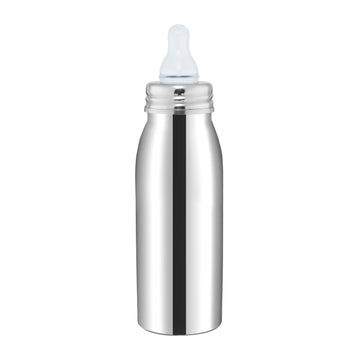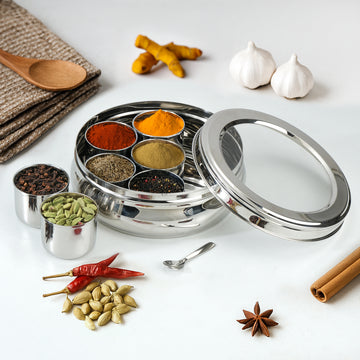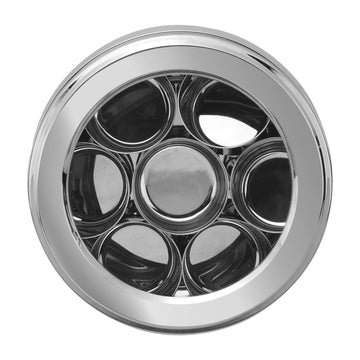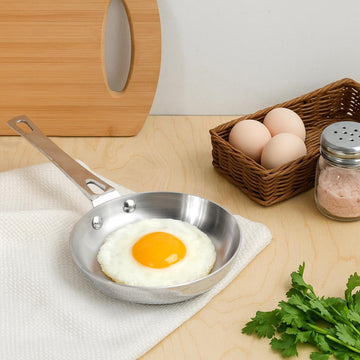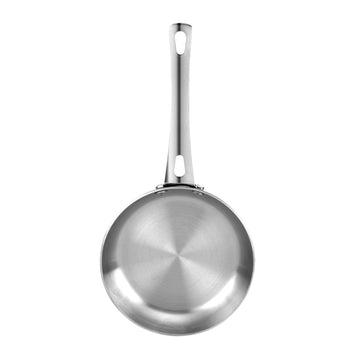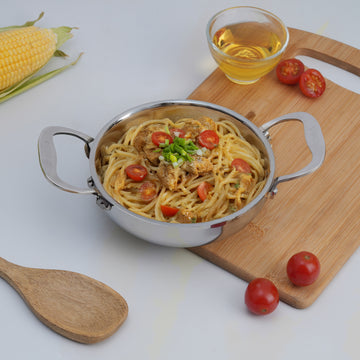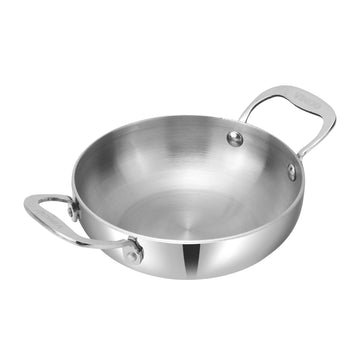Choosing the Best: Cast Iron Tawa vs. Non-stick Tawa
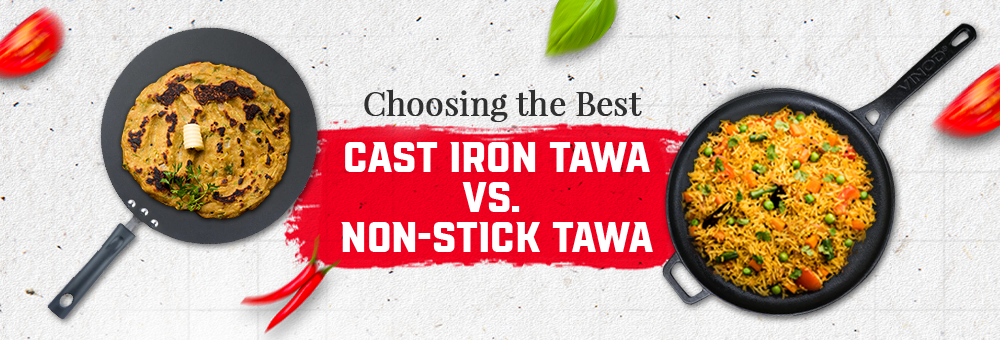
Alongside the indispensable pressure cooker, a tawa or frypan holds its own as one of the most frequently used cookware items. From hearty breakfasts to delectable dosas, tawas have been integral to culinary creations since time immemorial. Have you ever paused to wonder why? It's because, on a tawa, you can effortlessly toast bread and whip up a myriad of dosa varieties.
We don't often make impulsive purchases when it comes to cookware. Thus, when we do invest, it's paramount to ensure that it's a kitchen companion that truly justifies every penny spent. There are many types of tawas available in the Indian market today, from which the cast iron tawa and non-stick tawas are the most prominent ones. Both have their unique advantages and considerations, catering to different cooking preferences and culinary needs. The selection of the right cookware can wield a significant impact on the outcome of your culinary endeavours.
In this article, we embark on an exploration of the characteristics, pros, and cons of both cast iron tawas and non-stick tawas, aiming to equip you with the insights needed to make an informed decision for your kitchen.
Cast Iron Tawa:
Cast iron cookware has been a staple in kitchens for centuries, prized for its durability and versatility. Here's a closer look at the features and benefits of cast iron tawas:
- Durability: Nothing lasts as long as Cast iron cookware. Cast iron tawas are known for their exceptional durability. They can withstand high temperatures and are less prone to warping or scratching compared to other materials. With proper care, a cast iron tawa can last for generations, making it a worthwhile investment.
- Heat Retention: One of the key advantages of cast iron is its superior heat retention properties. Once heated, a cast iron tawa distributes heat evenly across its surface, allowing for uniform cooking. This makes it ideal for tasks like searing, sautéing, and frying, where consistent heat is crucial for achieving optimal results.
- Versatility: Cast iron tawas are versatile tools in the kitchen. They can be used on various heat sources, including gas stoves, electric cooktops, and even open fires. Whether you're making dosas, rotis, or stir-fries, a cast iron tawa can handle it all with ease.
- Health Benefits: Cooking with cast iron tawas can also offer health benefits. Unlike non-stick coatings that may release harmful chemicals when overheated, cast iron is a safe and chemical-free option. Additionally, cooking in cast iron can boost iron intake, which is especially beneficial for individuals with iron deficiency.
Non-stick cookware revolutionized the way many people cook, offering convenience and easy cleanup. Here are the notable features and considerations of non-stick tawas:
- Ease of Use: Non-stick tawas are renowned for their user-friendly nature. Thanks to the slick coating, food effortlessly slides off the surface, reducing the need for excess oil or butter during cooking. This makes non-stick tawas particularly suitable for low-fat cooking and recipes where delicate foods are involved.
- Easy Cleanup: Perhaps one of the biggest advantages of non-stick tawas is their easy cleanup. Unlike cast iron, which requires seasoning and careful maintenance to prevent rusting and maintain its non-stick properties, non-stick tawas can be quickly wiped clean with a sponge or cloth.
- Cooking Convenience: Non-stick tawas excel in cooking tasks that require precise temperature control and minimal sticking. From preparing fluffy pancakes to flipping omelettes with ease, non-stick tawas offer a hassle-free cooking experience, especially for novice cooks or busy households.
- Lightweight: Compared to cast iron, non-stick tawas are typically lighter in weight, making them easier to handle and manoeuvre in the kitchen. This can be advantageous for individuals who prefer cookware that is more manageable and less cumbersome.
In the debate between cast iron tawas and non-stick tawas, there is no one-size-fits-all answer. Both have their merits and considerations, catering to different cooking preferences, skill levels, and dietary requirements. Ultimately, the choice boils down to personal preference, cooking habits, and priorities.
If you value durability, and versatility, a cast iron tawa may be the perfect addition to your kitchen arsenal. On the other hand, if convenience, ease of use, and quick cleanup are top priorities, a non-stick tawa could be the preferred option.



